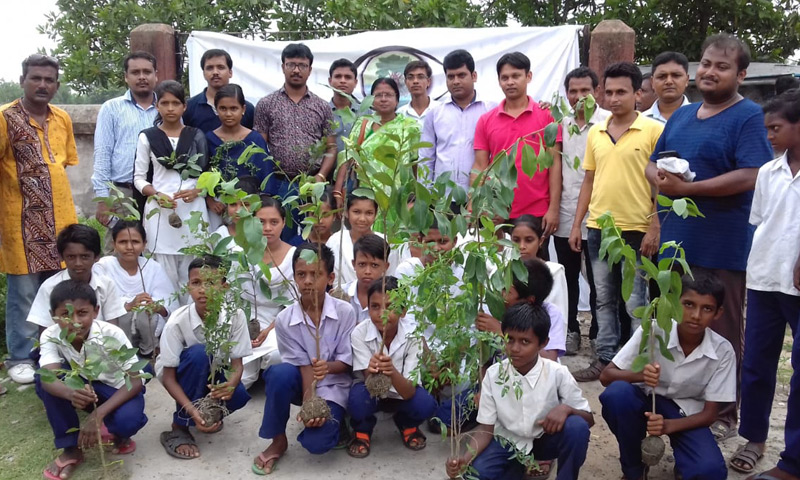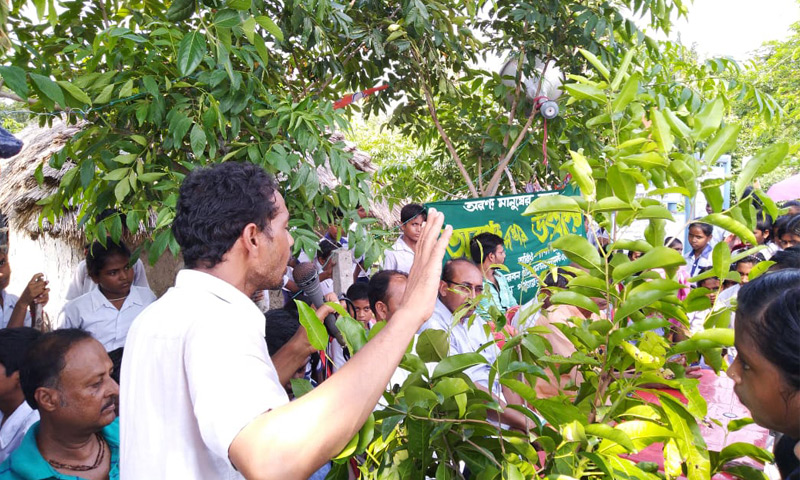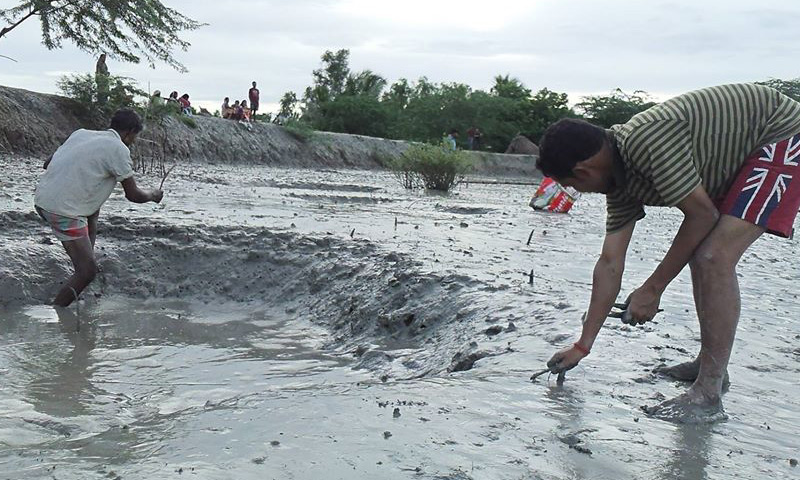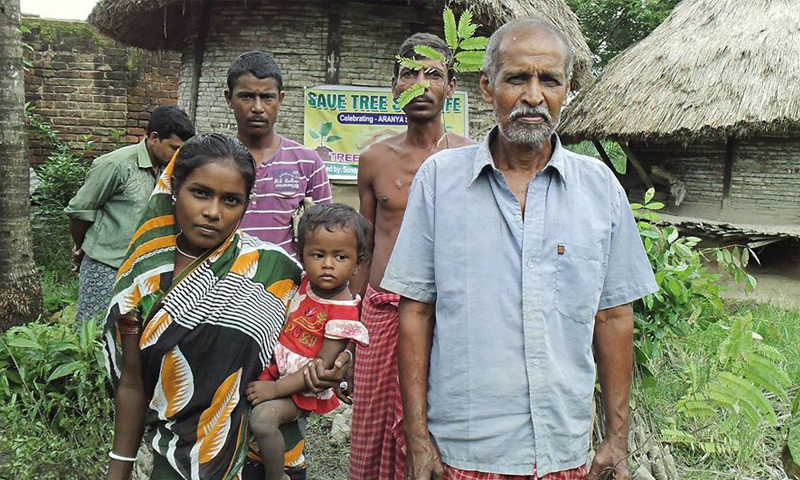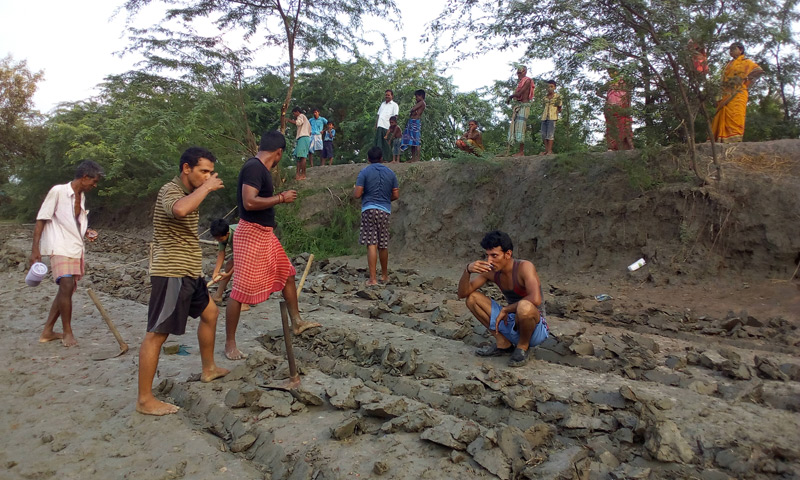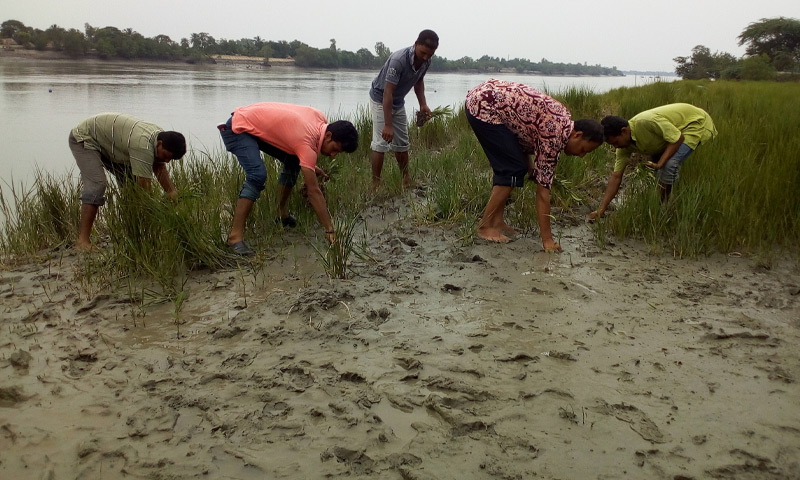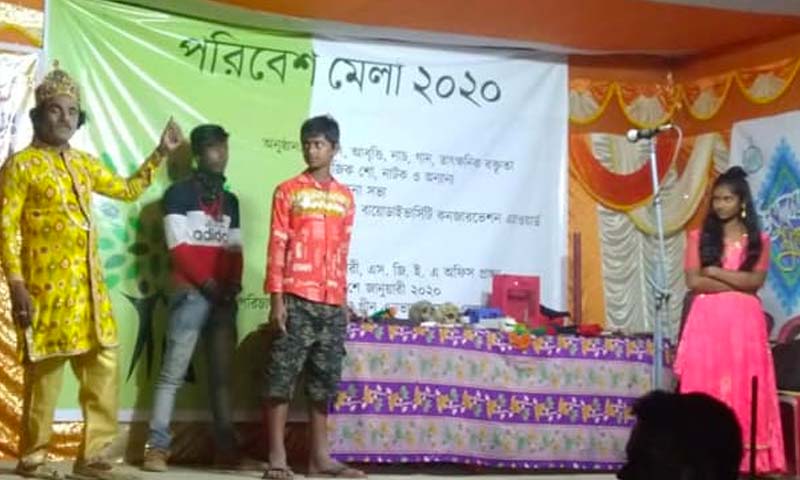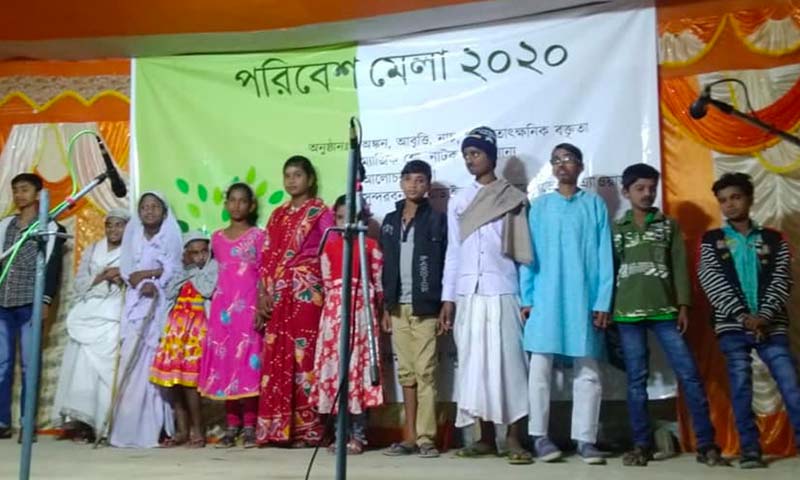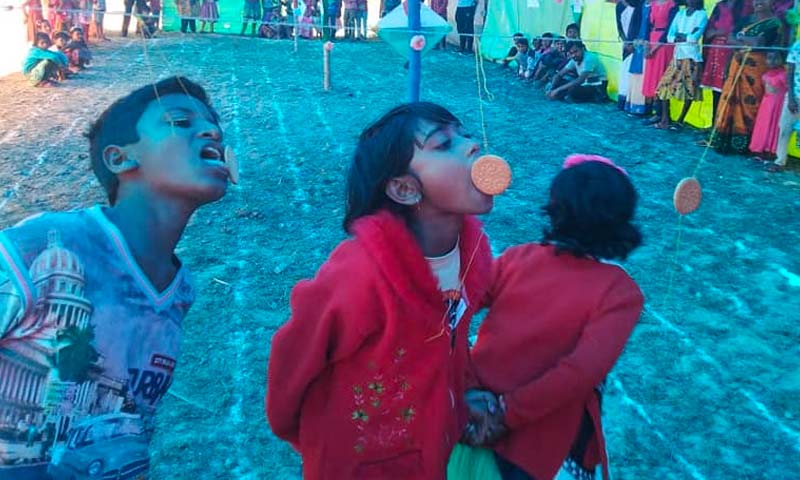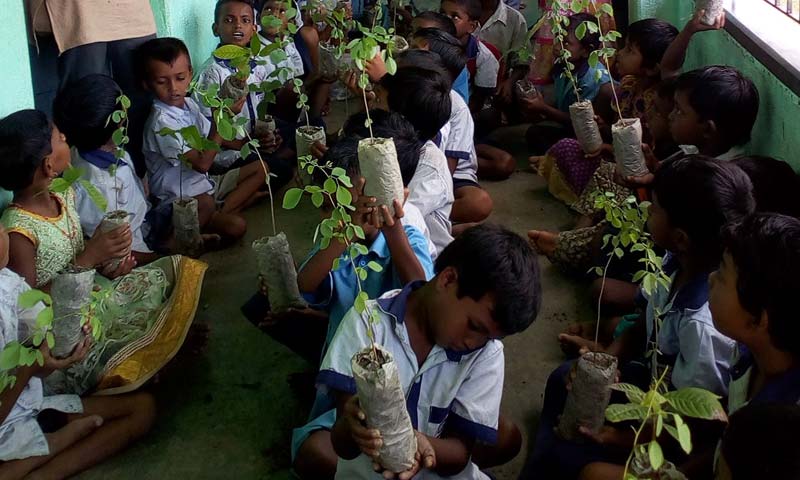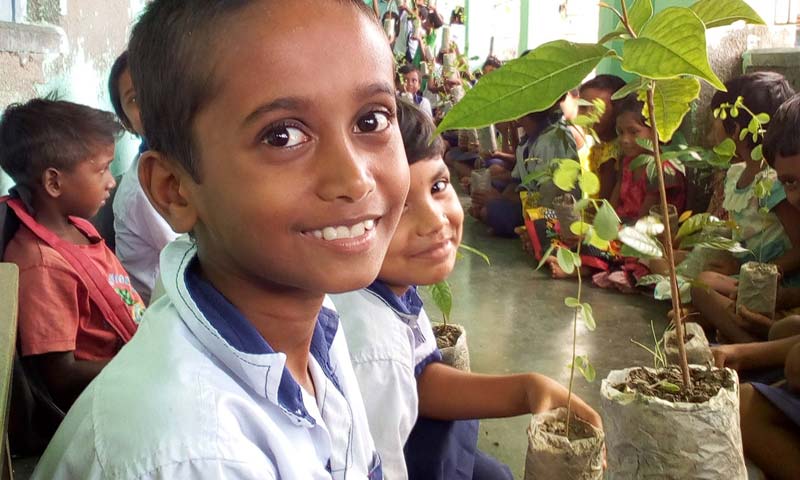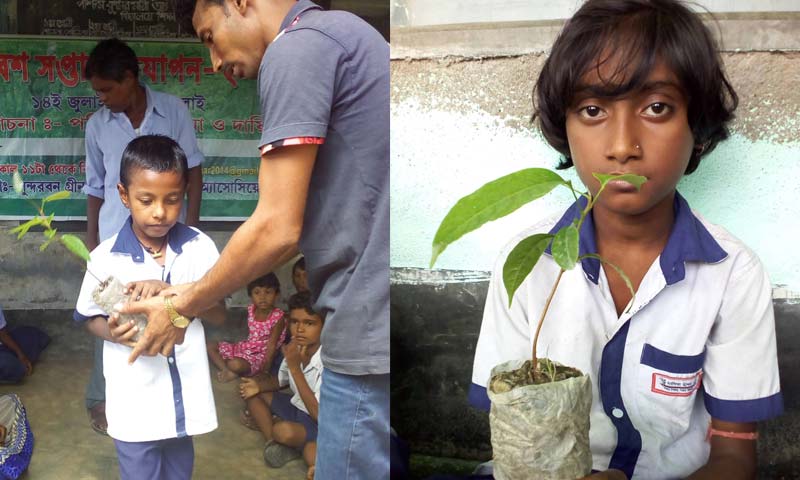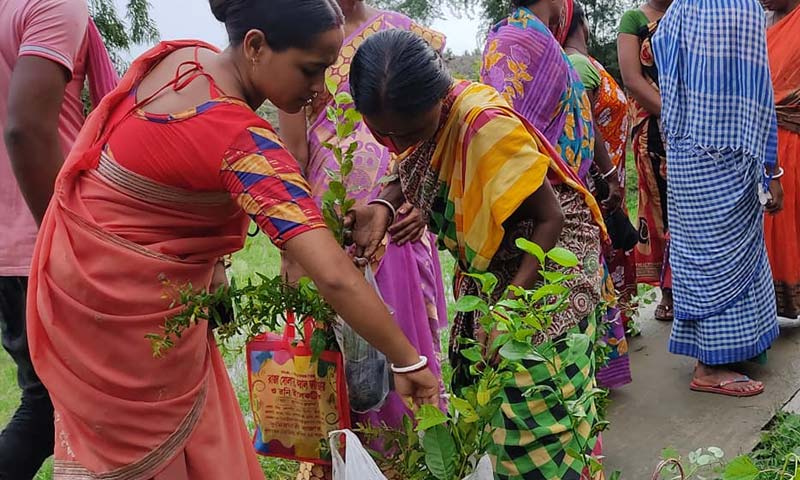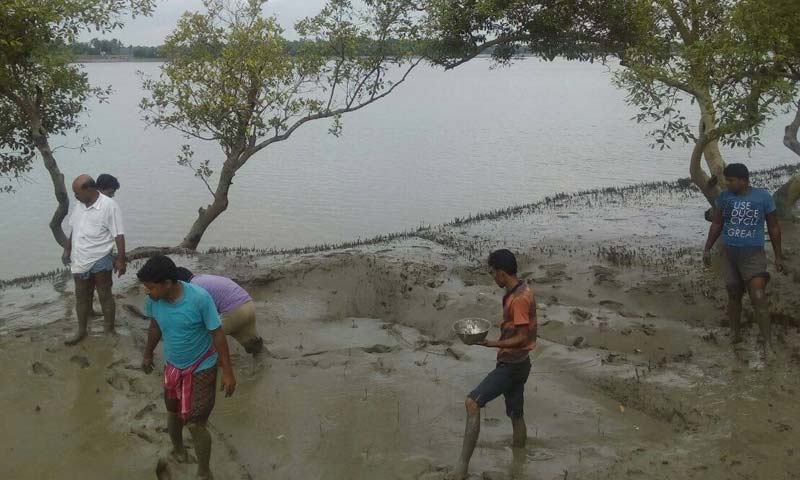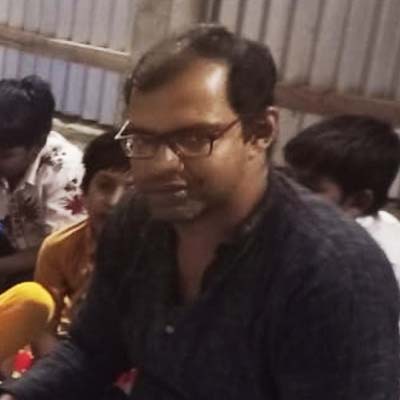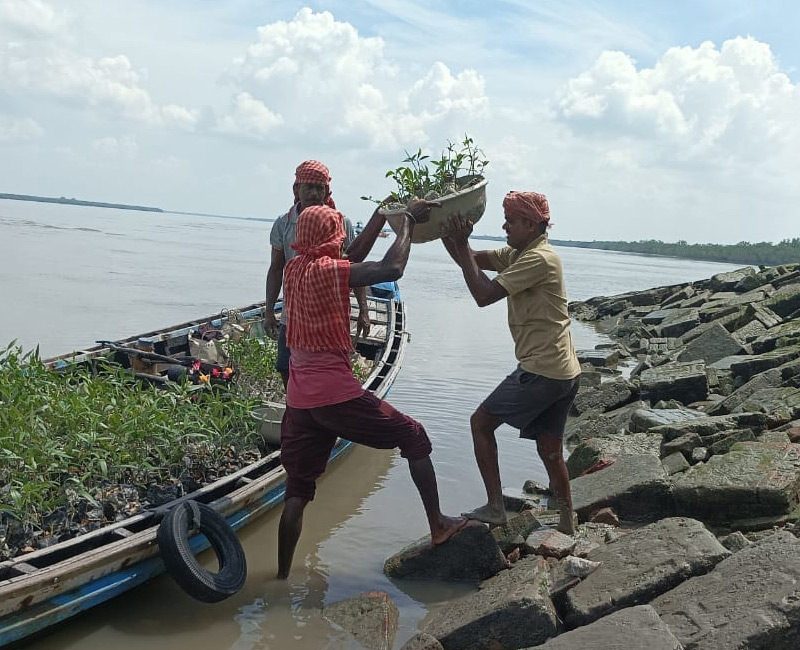
Welcome To SGEA
Story of Sunderban
The Sundarban Green Environment Association (SGEA) began its journey in 2009 in the wake of the aftermath of the Aila cyclone, which ravaged the islands and made it near impossible for the inhabitants to continue to live there. The calamitous storm opened the eyes of the islanders to the fact that the only thing that had protected their island was the existence of the naturally occurring mangrove plants, a native flora of the islands. Since its very inception SGEA committed itself to undertake endeavors that would help restore the ecological balance of the island and, at the same time, make the lives of the local inhabitants safer and more comfortable with respect to the globalized realities of our times.
The association, from its very outset, initiated a multi-pronged approach to address the grievances of the island inhabitants, particularly along the following four verticals:
- 1. Ecological restoration and environmental activities
- 2. Education
- 3. Primary Health Care
- 4. Sustainable Livelihood
SGEA has worked hard at protecting the environment and uplifting the masses of the island inhabitants with providing essential healthcare facilities, educational/instructional guidance and by ensuring sustainable livelihoods to the locals through its plethora of activities and sustained engagements.
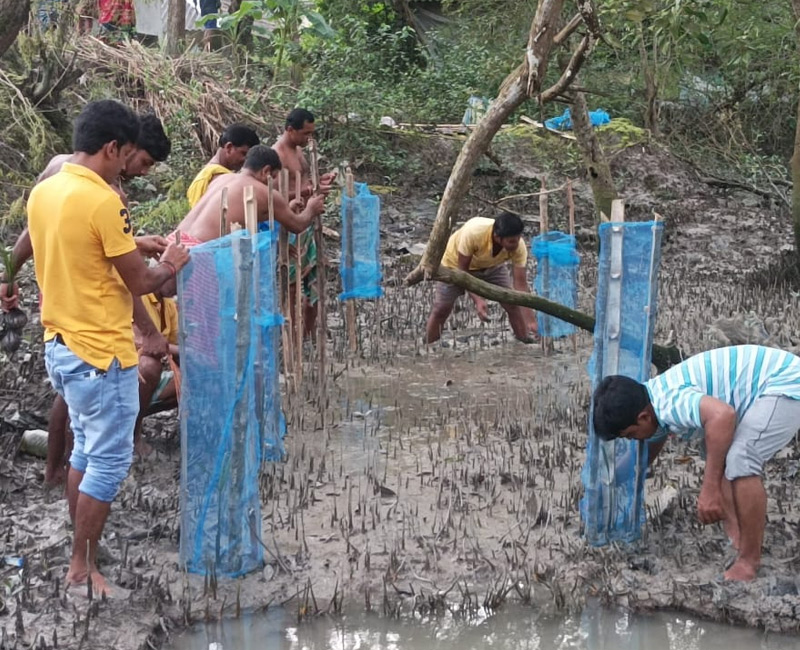
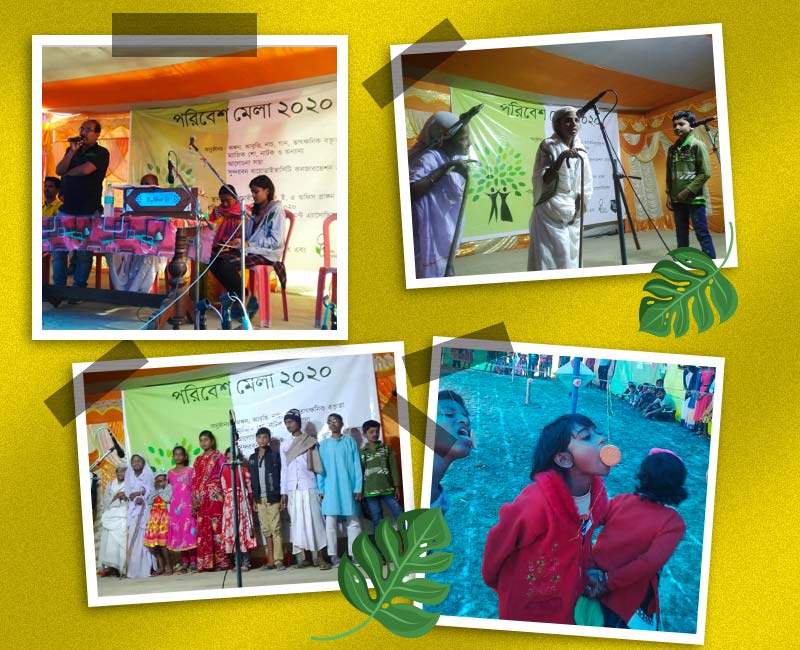
Story of Paribesh Mela
Story of Sunderban
Over the years, SGEA has successfully undertaken a number of initiatives aligned with the aforementioned verticals of activities. From undertaking the challenging task of mass mangrove plantation drives to organizing “Paribesh Mela”; from providing assistance to the local school-going children with their studies to arranging Health Camps for the islanders and ensuring primary health care to the same, round the year; from spreading awareness about the local environment and the importance of maintaining ecological balance to providing the necessary guidance and assistance to secure sustainable livelihoods without jeopardizing the local environment - all of it, and a lot more, has been achieved by the Sundarban Green Environment Association.
Currently, SGEA is concentrating and concerting its efforts in Gosaba, Patharpratima and Sagar Block of the Sundarbans, treating them as their primary action areas.
The story of the region and its people is same throughout. Endangered traditional livelihood [caused by heavy erosion triggering loss of farm-land; forest-resources like wood, honey etc. being unavailable either for the strict enforcement of the present laws, or being scanty due to over-exploitation; crab, fish and other aquatic resources have become scarce like never before] is not peculiar to one or two blocks of the zone, but but for the entire region.
Our Vision
A self-sufficient Sundarbans where the islands are naturally protected from soil erosion and climatic disasters, and the people have secure livelihoods, and assured access to education and health care.
Our Mission
Restore mangrove embankments around the islands, and equip the community for their preservation, by linking livelihood opportunities with the replenishments and utilization of the natural biodiversity of the Sundarbans and providing an improved quality of education and healthcare for the community.
The sustainability of the program is to be achieved by integrating three main approaches:
- 1. Public awareness
- 2. Involvement the younger generation
- 3. Participation in plantation and assorted eco-preservatory activities
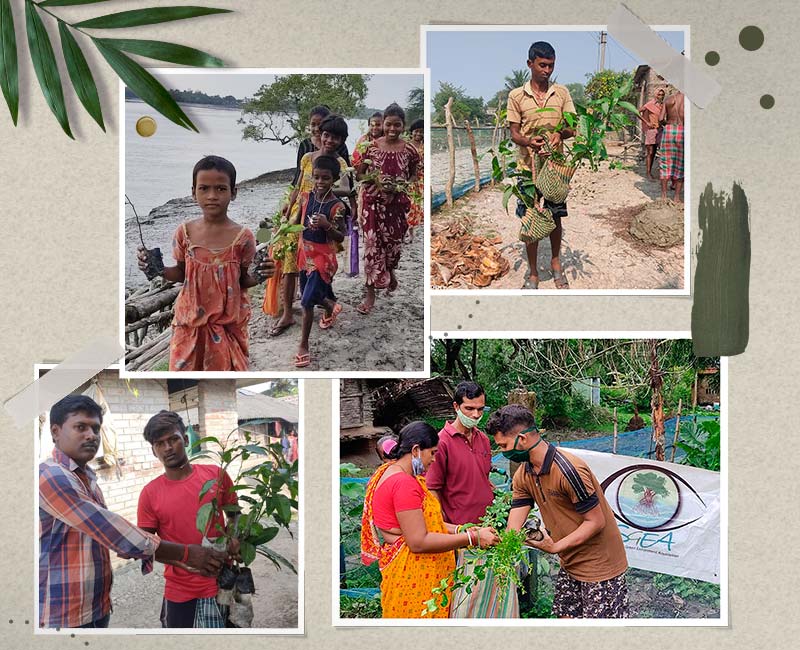
Public awareness
The most effective method of continuing efforts at mangrove restoration beyond the yearly plantation drives is through building community awareness regarding the significance of the mangroves in protecting their islands and their homes. SGEA undertook around 36 awareness campaigns and workshops around the year, engaging with 6 distinct communities to educate them on the types of mangroves, their characteristics and effectiveness against soil erosion. The community meetings have a twofold aim of both awareness and motivation, as the maintenance of the mangroves planted is dependent on the local communities themselves. SGEA also holds similar intervention sessions with local fishermen and farmers on other issues that pertain to environmental and biodiversity conservation.
Plantation
SGEA carries out plantation of mangroves over four months every year, along with distributing other plant saplings to the residents of the nearby villages. This is the direct intervention part of the program, that aims to gradually restore the natural forest cover and ecology on the island through regular afforestation. Plots of land suitable for the growth of mangroves are identified, and measures are taken to provide the trees maximum protection from the intermittent cyclonic storms. Once fully grown, these trees form a natural barrier against strong winds and rains that threaten all kinds of destruction on the island. SGEA planted an average of 50,000 mangroves per year in the past 3 years, along with other plants, increasing the numbers steadily.
Climate change and environment
Ecological restoration processes involve assisting the recovery of an ecosystem that has been degraded, damaged. It involves returning an ecosystem as closely as possible to its original state before it was disturbed, enhancing its capacity for self-renewal and enabling it to sustain biodiversity. SGEA’s approach to ecological restoration is centered on developing a village to a model village which has been degraded due to environmental and human factors. By involving the local community, especially the affected people of the region. The restoration includes afforestation, reintroducing indigenous species, building of natural embankments, and conservation of wild and aquatic animals, water conservation practices and promoting traditional way of farming practices. These innovative strategies not only prevent erosion and foster local wildlife habitats but also ensure sustainability by educating the community about these practices. Through this approach we are also building community resilience and adaptation to climate change.
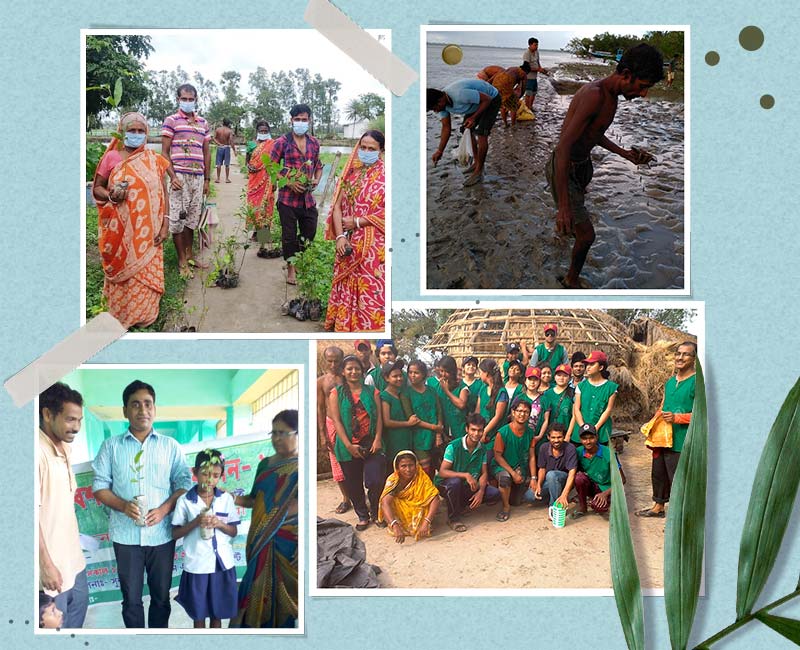
We Find A Way
Together, We must confidently address the biodiversity and climate crises. We're overcoming barriers to the change our planet needs.
Our priorities in 7 years
What we do between now and 2030 will determine whether we avoid the worst impacts of climate change, conserve enough habitat to slow down species loss, and safeguard people. How you can help our mission
How you can help our mission
Get involved with the Nature Conservancy activities by volunteering, attending live or virtual events, taking direct action into our activities and lowering your carbon footprint.
